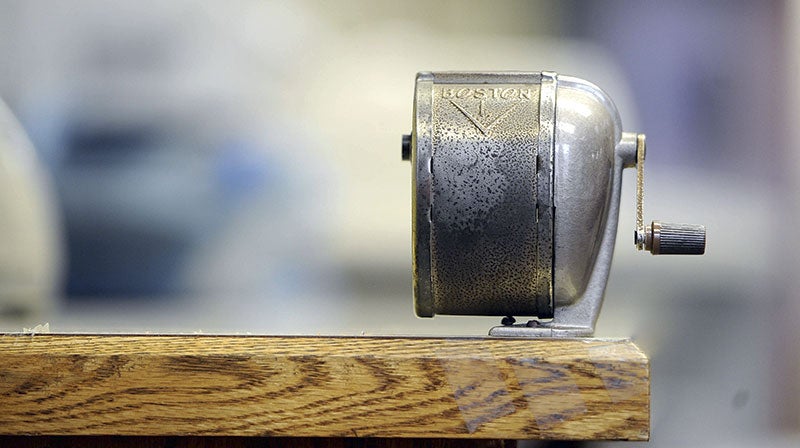Others’ Opinion: Don’t dilute the buffer bill concept
Published 10:36 am Tuesday, March 17, 2015
The Mankato Free Press
Distributed by Tribune Content Agency
The introduction of legislation that would require more buffer strips along waterways in Minnesota begins to clarify details of the plan — and clarifies who is standing in support and in opposition to the idea.
Gov. Mark Dayton made a dramatic announcement earlier this year saying he wants to require a 50-foot buffer strip along most all lakes, rivers, streams and farm drainage ditches. Such a program would provide a wealth of new wildlife habitat and provide a protective filter between the water and the dirt, fertilizer and chemicals on the landscape.
Farm groups have been walking a public relations tightrope since Dayton’s announcement, saying they support the concept of buffer strips but wanted to see what the details of the proposal are. As they’re seeing more details they’re running farther away from the bill.
When the legislation was released last week, the governor’s office provided a long list of groups backing it, including environmental and hunting groups. Absent from the list was any farm groups.
Farm groups say a 50-foot strip as a minimum standard is too wide in many circumstances and they say requiring a vegetative strip is telling landowners how they must use their own property.
The benefits of buffer strips are clear and well proven. They filter bad stuff out before it gets in public waterways and it provides habitat.
The need for them is also well demonstrated. For decades, scientific report after scientific report have cataloged the deterioration of the state’s public waters. Increased algae blooms in lakes, sediment filling in rivers and Lake Pepin on the Mississippi and carrying with it variety of pollutants are just some of the water quality problems the state is legally bound to, and morally required, to address.
The causes are many, but agriculture remains a major source. Cities — which are more closely regulated by the state — have made major and expensive strides in reducing their pollution, through the construction of high-cost wastewater treatment plants and other efforts.
Certainly the buffer bill as it moves through the Republican House and DFL Senate will be negotiated and modified. That’s part of the process and there are undoubtedly ways to make the bill better.
But too often, the call to improve a piece of legislation is code for making it so convoluted and loophole filled that it is rendered useless. The current patchwork of conservation requirements on agriculture land, including buffer strip requirements, are a mess of federal, state and local contradictions and uneven enforcement that few truly understand. They have failed to provide the protection to the public’s water that is required.
It’s time for farm groups and farmers to step up and join in developing a buffer strip law that protects the water as intended and reduces the effects that agriculture has on water quality.


